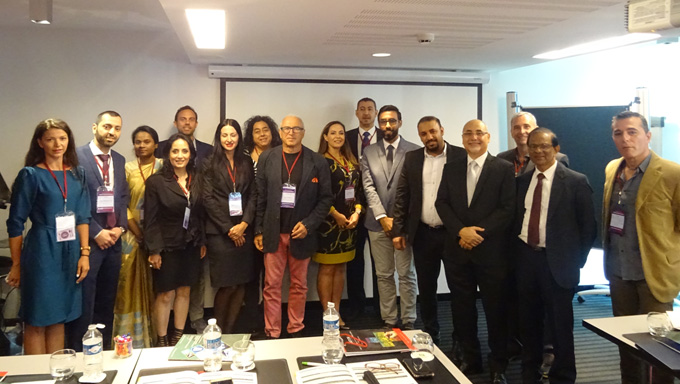
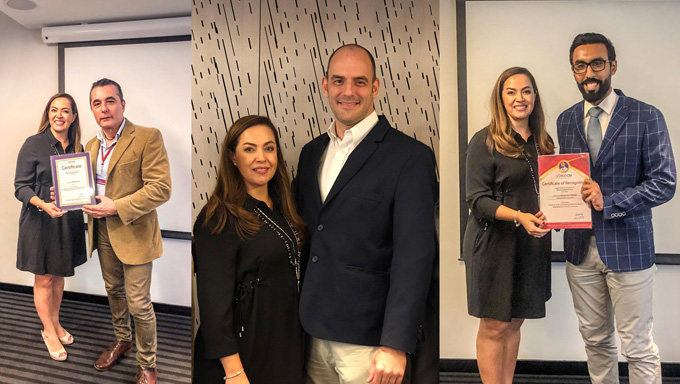


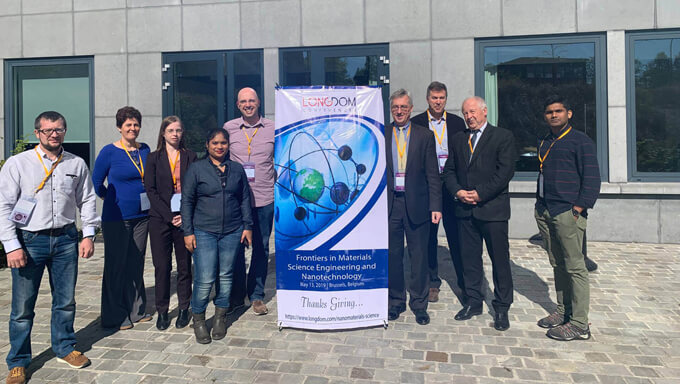
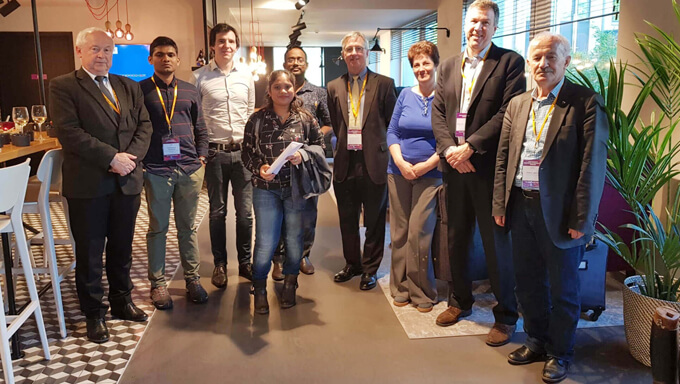
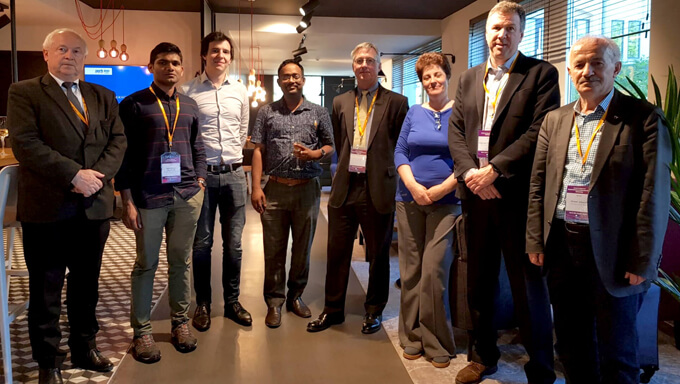

Pediatric dentistry is the branch of dentistry dealing with children from birth through adolescence. The specialty of pediatric dentistry is recognized by the American Dental Association, Royal College of Dentists of Canada, and Royal Australasian College of Dental Surgeons.
Pediatric dentists are dedicated to the oral health of children from infancy through the teen years. They have the experience and qualifications to care for a child’s teeth, gums, and mouth throughout the various stages of childhood.
Restorative dentistry is the study, diagnosis and integrated management of diseases of the teeth and their supporting structures and the rehabilitation of the dentition to functional and aesthetic requirements of the individual.
Restorative dentistry encompasses the dental specialties of endodontics, periodontics and prosthodontics and its foundation is based upon how these interact in cases requiring multifaceted care. This may require the close input from other dental specialties such as orthodontics, paediatric dentistry and special care dentistry, as well as surgical specialties such as oral and maxillofacial surgery. Restorative dentistry aims to treat the teeth and their supporting structures. Many conditions and their consequences may be assessed and treated by a restorative dentist. Environmental causes may include as caries or maxillofacial trauma. Developmental issues may lead to the restorative dentist treating hypodontia, amelogenesis imperfecta, dentogenesis imperfecta or cleft palate. Multifactorial conditions, with an environmental and genetic basis, such as periodontitis would be treated by restorative dentistry. Restorative dentists are part of the multidisciplinary team managing head and neck oncology cases, both before treatment and helping to rehabilitate the patient after surgery and/or radiotherapy.
Digital dentistry refers to the use of dental technologies or devices that incorporates digital or computer-controlled components to carry out dental procedures rather than using mechanical or electrical tools.
The use of digital dentistry can make carrying out dental procedures more efficient than using mechanical tools, both for restorative as diagnostic purposes. Used as a way to facilitate dental treatments and propose new ways to meet rising patient demands.
Dental surgery is any of a number of medical procedures that involve artificially modifying dentition; in other words, surgery of the teeth, gums and jaw bones.
Oral microbiology is the study of the microorganisms of the oral cavity and their interactions between oral microorganisms or with the host. The environment present in the human mouth is suited to the growth of characteristic microorganisms found there.
It provides a source of water and nutrients, as well as a moderate temperature. Resident microbes of the mouth adhere to the teeth and gums to resist mechanical flushing from the mouth to stomach where acid-sensitive microbes are destroyed by hydrochloric acid.
Cosmetic dentistry is generally used to refer to any dental work that improves the appearance of teeth, gums and/or bite. It primarily focuses on improvement in dental aesthetics in color, position, shape, size, alignment and overall smile appearance. Many dentists refer to themselves as "cosmetic dentists" regardless of their specific education, specialty, training, and experience in this field. This has been considered unethical with a predominant objective of marketing to patients. The American Dental Association does not recognize cosmetic dentistry as a formal specialty area of dentistry. However, there are still dentists that promote themselves as cosmetic dentists.
We let our ground-breaking work and our amazing clients speak for us…… LONGDOM conferences